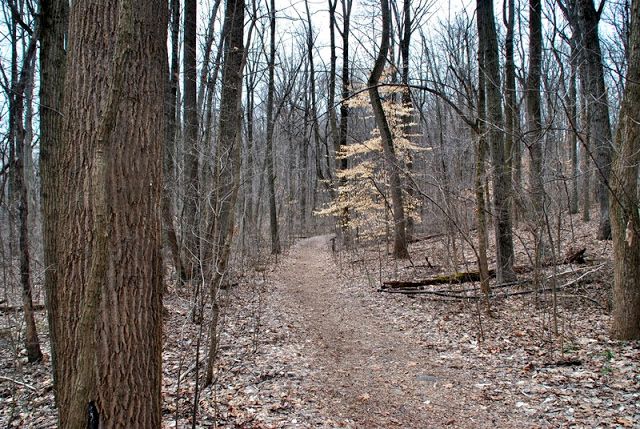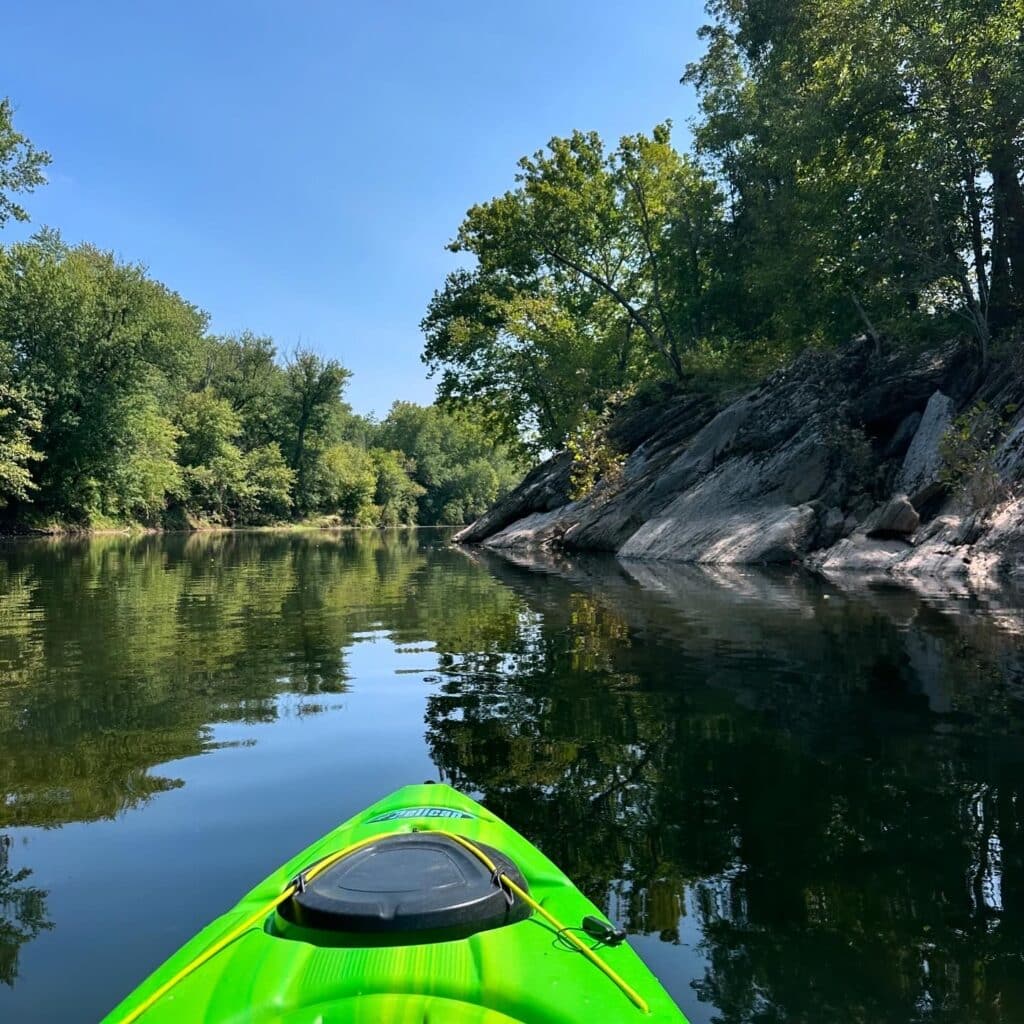
The Monocacy Trail: Frederick’s Ribbon of Green and History
Nestled in the heart of Frederick, Maryland, a ribbon of asphalt and crushed stone winds its way through diverse landscapes, connecting urban vitality with pastoral tranquility, and present-day recreation with echoes of a pivotal past. This is the Monocacy Trail, a multi-use pathway that has become more than just a route; it is a vital artery for recreation, a living classroom for history, and a cherished natural escape for thousands. Spanning approximately seven miles in its current completed segments, with ambitious plans for future expansion, the Monocacy Trail offers a unique blend of natural beauty, historical resonance, and community connection, making it one of Frederick County’s most invaluable assets.
From the bustling streets of downtown Frederick, where it seamlessly connects with the popular Carroll Creek Park, the Monocacy Trail embarks on a journey that quickly sheds the urban veneer. Its initial stretches offer glimpses of the city’s industrial past, then swiftly transition into a serene corridor alongside the meandering Monocacy River. This immediate shift is part of the trail’s magic, a quick immersion into a world where the only sounds are often the chirping of birds, the rustling of leaves, and the gentle flow of water.
The trail’s design caters to a broad spectrum of users. Cyclists, joggers, walkers, and families with strollers all find their rhythm on its well-maintained surface. "It’s my sanctuary," says Sarah Chen, a local runner who frequents the trail almost daily. "After a long day, being able to step onto this path and just run, surrounded by trees and the sound of the river, it clears my head like nothing else. It’s accessible, safe, and just beautiful." This sentiment is echoed by many who view the trail as a vital resource for physical and mental well-being, a green escape valve in an increasingly fast-paced world.
As the trail progresses eastward, it hugs the Monocacy River, offering picturesque views that change with the seasons. In spring, the banks burst forth with nascent greenery and wildflowers; summer brings a lush canopy overhead, providing welcome shade; autumn transforms the landscape into a vibrant tapestry of reds, oranges, and golds; and even in winter, the stark beauty of bare trees against a crisp sky holds a quiet charm. Wildlife abounds here, with frequent sightings of deer grazing in the undergrowth, foxes darting across clearings, and a myriad of bird species – from majestic herons wading in the shallows to colorful warblers flitting through the branches – delighting nature enthusiasts.
One of the trail’s most compelling features is its direct engagement with history, particularly as it traverses the Monocacy National Battlefield. Often referred to as "The Battle That Saved Washington," the Battle of Monocacy, fought on July 9, 1864, was a crucial delaying action during the American Civil War. Confederate forces under Lt. Gen. Jubal Early clashed with Union troops led by Maj. Gen. Lew Wallace, with the Union forces ultimately retreating but buying critical time for the defenses of Washington D.C. to be reinforced. Without this costly Union sacrifice, Early’s Confederates might have seized the nation’s capital.
The Monocacy Trail winds directly through significant portions of this hallowed ground, offering visitors a unique and intimate perspective on the battlefield. Interpretive signs placed along the path provide context, detailing troop movements, key engagements, and the personal stories of soldiers who fought there. Walking these stretches, one can almost hear the echoes of cannon fire and the shouts of men. "The trail offers an unparalleled opportunity to connect with history," explains Dr. Eleanor Vance, a local historian and battlefield guide. "You’re not just reading about the past; you’re walking through it. Seeing the fields where these events unfolded, standing by the river that played a strategic role – it brings the history to life in a way a textbook never could."
The trail provides access to various monuments and historical markers within the battlefield, including the Gambrill Mill, Worthington House, and Best Farm, each with its own story to tell. It encourages a slower pace, allowing for reflection on the sacrifices made and the profound impact these events had on the course of the nation. This integration of recreation and historical education elevates the Monocacy Trail beyond a mere recreational path, transforming it into a vital cultural landscape.
Beyond the battlefield, the trail continues its journey through agricultural lands, offering glimpses of working farms and the timeless rhythms of rural life. This segment provides a contrasting experience, quieter and more expansive, reminding users of the region’s agricultural heritage. The sense of open space and the distant vistas create a feeling of escape, a tranquil counterpoint to the more historically intense sections.
The vision for the Monocacy Trail extends far beyond its current completed sections. Ambitious plans are in motion to extend the trail significantly, most notably to connect it to the renowned C&O Canal Towpath, a 184.5-mile national park trail that runs from Washington D.C. to Cumberland, Maryland. This connection would be transformative, linking Frederick directly into a vast regional trail network, opening up possibilities for long-distance cycling adventures and significantly boosting Frederick’s appeal as an outdoor destination. "Connecting to the C&O Canal Towpath isn’t just about adding miles; it’s about connecting communities and creating an unparalleled recreational corridor," states Mark Johnson, a member of the local trails advocacy group. "It positions Frederick as a hub for outdoor tourism and makes our beautiful natural and historical assets accessible to a much wider audience."
The development and maintenance of the Monocacy Trail are a testament to ongoing collaboration between Frederick County Parks and Recreation, the National Park Service, local advocacy groups, and countless volunteers. Funding for such projects often comes from a mix of federal grants, state programs, and local contributions, reflecting a shared understanding of the trail’s value. Environmental stewardship is also a key consideration, with efforts focused on preserving native habitats, managing stormwater runoff, and educating users on responsible trail practices, ensuring that this natural treasure remains vibrant for future generations.
The Monocacy Trail is more than just a path; it is a dynamic community asset that fosters health, preserves history, and nurtures a connection to nature. It serves as an economic driver, attracting visitors who patronize local businesses. It enhances the quality of life for residents, providing an accessible and free amenity for exercise and relaxation. It acts as an educational tool, making history tangible and engaging.

In an era where green spaces are increasingly recognized as essential for urban well-being, the Monocacy Trail stands as a shining example of thoughtful planning and dedicated community effort. Whether you seek a vigorous workout, a peaceful communion with nature, or a profound journey into the past, Frederick’s Monocacy Trail offers an enriching experience for all. It is a testament to how a simple path can weave together the disparate threads of a community – its people, its landscape, and its history – into a cohesive and cherished whole. As the sun sets over the Monocacy River, casting long shadows across the fields where battles were once fought, the trail remains, a silent, enduring testament to the enduring power of place.


